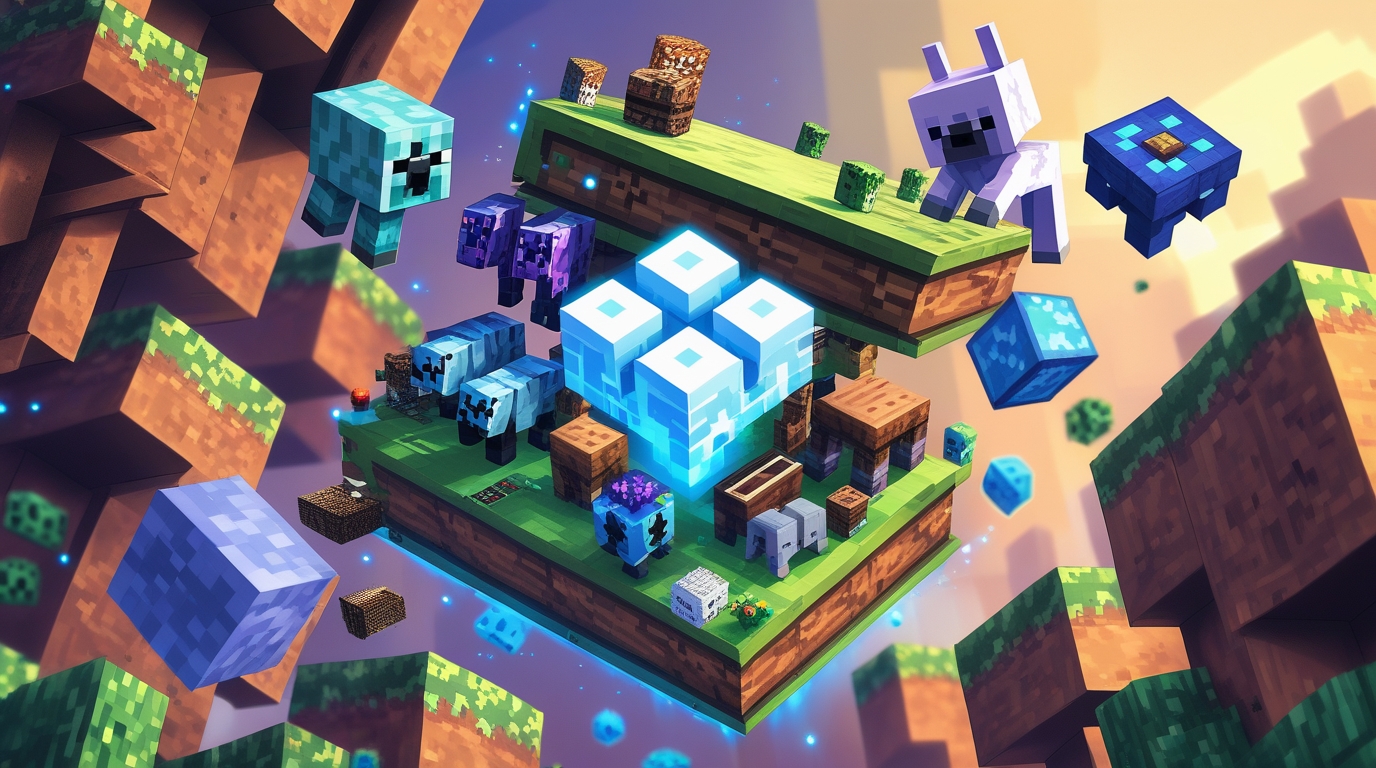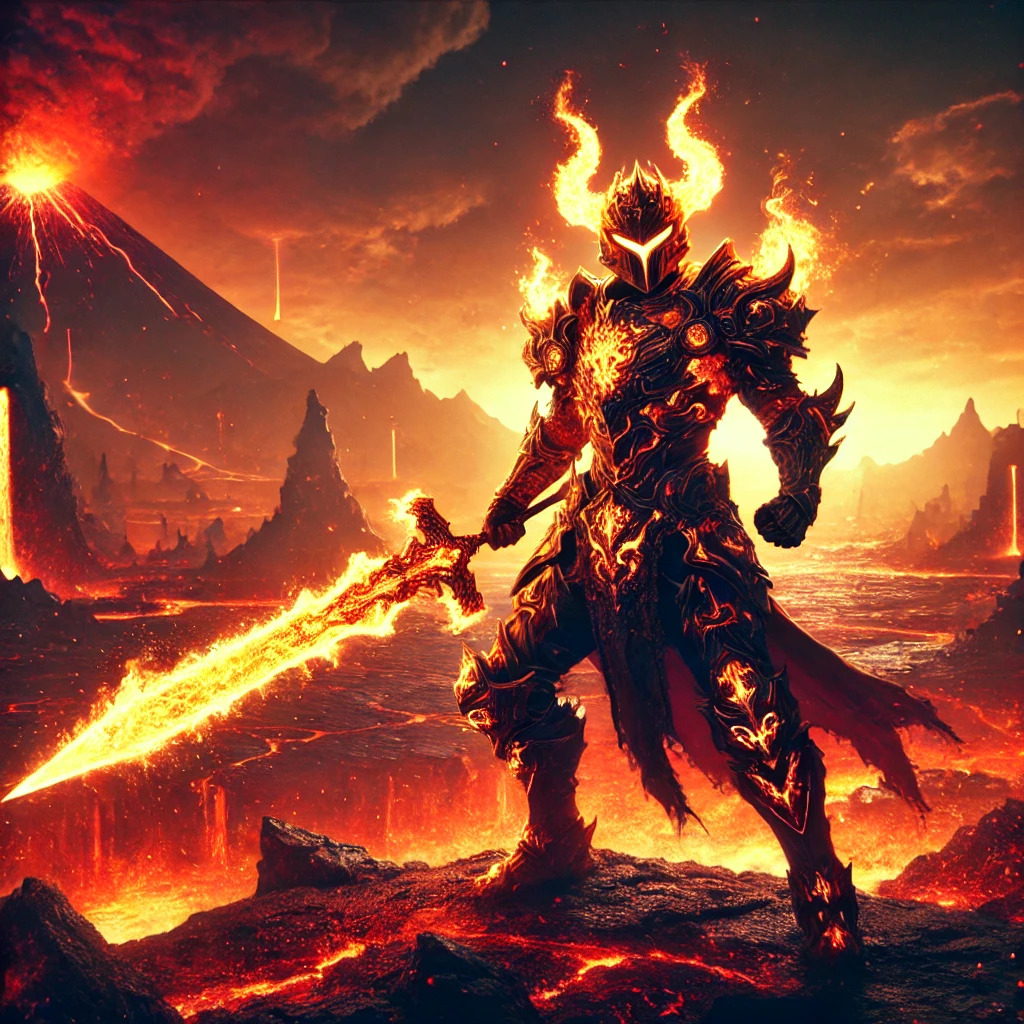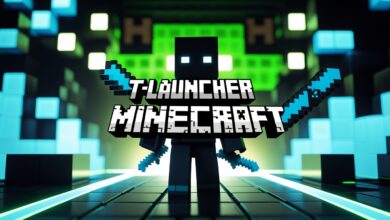Minecraft Wiki — The Ultimate Guide to the Community Encyclopedia

If you’re searching for a reliable place to learn anything about Minecraft — from crafting recipes and enchantments to mob behavior and biome guides — Minecraft Wiki is one of the most trusted and comprehensive resources out there. This community-run encyclopedia is maintained by thousands of contributors and provides up-to-date, detailed information across all Minecraft editions. In this guide, we’ll explore what Minecraft Wiki is, its history, how to use it effectively, recent changes, and why it matters for both casual players and serious builders.
1. What Is Minecraft Wiki?
Minecraft Wiki is an online encyclopedia dedicated to all things Minecraft. It is built on MediaWiki software (the same engine that powers Wikipedia), which allows the community to create, edit, and maintain articles.
Originally founded by Citricsquid in 2009, the wiki has grown into a massive repository of Minecraft knowledge.
There are two major versions to know about:
- Minecraft.fandom.com — The long-established Fandom-hosted wiki with thousands of pages.
- Minecraft.wiki — A newer, independent version that launched after the community forked from Fandom, hosted by Weird Gloop.
2. A Brief History & Migration
- The Minecraft Wiki began under the name Minepedia (minecraftwiki.net) in June 2009.
- Over time, the site migrated to Fandom (formerly Gamepedia), where it served as a major editing platform.
- In late 2023, due to community concerns about ads, performance, and editing restrictions on Fandom, editors voted to move to a new independent domain:
minecraft.wiki. - According to community reports, this move restored features such as anonymous editing and offered a cleaner, faster experience.
3. What You Can Find on Minecraft Wiki
Across its vast collection of pages, Minecraft Wiki covers a wide variety of topics, including:
- Game Editions: Java Edition, Bedrock Edition, Education Edition, and discontinued versions.
- Blocks & Items: Full breakdowns of blocks, their states, behaviors, and item uses.
- Mobs (Creatures): Passive, hostile, utility mobs, their spawn rules, drops, and AI logic.
- Crafting & Recipes: All crafting, smelting, brewing, and enchanting recipes.
- Redstone & Mechanics: Detailed guides on Redstone circuits, command blocks, game mechanics.
- Biomes & Dimensions: Overworld, Nether, End, plus biome-specific mechanics and generation.
- Version History: Detailed changelogs for updates, snapshots, features added or removed.
- Technical Guides: Server setup, dedicated servers, modding basics, and data packs.
- Community Pages: Contributor guidance, style guidelines, and how to “help” the wiki.
4. How to Use Minecraft Wiki Effectively (For Players)
Here’s how to make the most out of Minecraft Wiki:
- Search Smart: Use the search bar at the top to look for specific topics (e.g., “how to tame wolves” or “obsidian crafting recipe”).
- Use Categories: Each article is categorized (Items, Biomes, Mobs, etc.), which helps you browse related topics.
- Talk Pages: If you want more context, check the Talk: tab on any page — it’s where editors discuss content, sources, and improvements.
- Watch Pages: Registered users can “watch” pages to receive notifications when they’re updated.
- Mobile Access: There is an official Minecraft Wiki app (for Fandom) that lets you browse articles, save favorites, and access content offline.
5. Why the Migration to Minecraft.wiki Matters
The move away from Fandom wasn’t just technical — it reflected a shift in priorities for the community. Here are some reasons why many players and contributors welcomed the change:
- Less Advertising: According to community feedback, the new site has fewer ads, making for a cleaner reading experience.
- Performance Gains: Faster load times were cited as a major improvement after migrating.
- Editing Flexibility: The return of anonymous editing means new contributors can still help update content without needing an account.
- Community Governance: Being independently hosted gives more control to the community editors vs. a hosted third-party platform.
6. Is Minecraft Wiki “Official”?
This is an important nuance. While for many years the Fandom wiki was often considered “the official Minecraft Wiki,” that relationship changed:
- Microsoft ended formal branding/licensing agreements with Fandom.
- The wiki is now community-run, meaning it’s maintained by volunteer editors, not by Mojang itself.
- That said, it remains one of the most trusted and comprehensive information sources for players because of its size, contributor base, and editorial quality.
7. Getting Involved: How to Contribute
If you’re a Minecraft fan looking to help:
- Edit Articles: Registered users can edit existing articles or create new ones.
- Migrate Accounts: If you previously contributed on Fandom, you can migrate your account to the new site.
- Stay Active: Join the community Discord or discussion pages — many editors coordinate there.
- Follow Guidelines: Check the style guide and contribution pages to understand how to format content, provide sources, and maintain clarity.
8. Why Minecraft Wiki Is Valuable for U.S. Players
Here are practical reasons U.S.-based players especially benefit:
- Current Edition Coverage: It tracks updates for both Java and Bedrock Editions, which are both popular in the U.S. Minecraft Wiki
- Localization: While English is primary, many tutorials are written with U.S. players’ game settings in mind.
- Server & Modding Help: Guides on server setup help American server hosts or modpack creators with step-by-step instructions.
- Educational Use: Teachers and students use wiki information for project ideas, Redstone lessons, and biome research.
9. Tips for Using Minecraft Wiki Responsibly
- Double-check Version: Always verify what edition (Java, Bedrock) an article applies to; crafting or mechanics can differ.
- Be Careful With Edits: If you’re new to editing wikis, try small edits first and follow community rules.
- Watch for Community Updates: Major wiki updates might come with new site features, migrations, or policy changes.
- Cite Reliable Sources: If you share information on other platforms, link back to the wiki as a source when appropriate.
Also Read: Planet Minecraft — The Ultimate Guide for Creators & Players
10. Frequently Asked Questions (FAQ)
Q: Which Minecraft Wiki should I use — Fandom or minecraft.wiki?
A: Use minecraft.wiki for the most up-to-date content, better performance, and active editing community. The Fandom version still exists, but many editors have moved.
Q: Can I edit pages without an account?
A: Yes — on minecraft.wiki, anonymous editing is enabled, allowing more people to contribute.
Q: Is the information on Minecraft Wiki accurate?
A: Generally, yes — it’s maintained by many knowledgeable contributors. But because it’s community-run, always double-check critical game strategies or data with multiple sources.
Q: Does the wiki cover all Minecraft editions?
A: Yes — it has coverage for Java, Bedrock, Education, and even older versions.
Q: How often is the wiki updated?
A: Very frequently — when new patches or snapshots drop, contributors quickly add or revise content to match.
The Minecraft Wiki is more than just a reference site — it’s a living, breathing community of players, builders, and lifelong learners. Whether you want to look up how to tame a wolf, understand Redstone mechanics, or dive into advanced modding techniques, the wiki is an indispensable resource.





